1. Built-In iPad Control Panels

Installing iPads into walls as centralized home controls seemed like a smart futuristic move—back in 2012. Today, those models are often obsolete, slow, or incompatible with newer smart home ecosystems. Upgrading them isn’t as simple as replacing an iPad; it often requires rewiring or cutting into walls. Buyers see these as clunky tech fossils rather than a selling point.
To make it worse, many home automation companies that supported those systems are out of business. So homeowners are left with unsupported devices hardwired into their homes. Buyers might not want the hassle of removing them or updating the entire smart system. It feels more like a burden than a bonus.
2. Voice-Controlled Everything
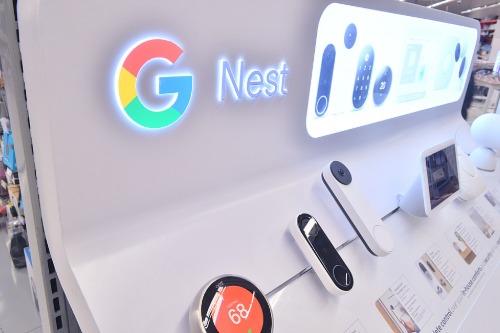
There was a moment when voice control felt like the pinnacle of convenience—lights, locks, thermostats, all responding to your every command. But that novelty wears off quickly when the system mishears you or stops working during internet outages. Potential buyers may also be wary of privacy risks with always-on microphones scattered around the home. Not everyone wants their light switches to come with a learning curve.
Some systems require the buyer to create new accounts or reset complicated configurations. That’s a lot to ask for someone just trying to turn on the lights. And if the voice control system is proprietary, it could mean starting from scratch to replace it. Most buyers prefer the option to add their own tech—not inherit someone else’s flawed setup.
3. Wired Whole-Home Audio Systems
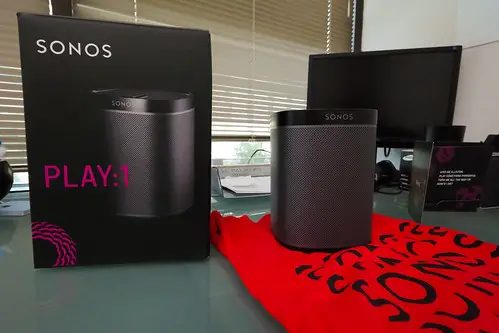
Remember when in-ceiling speakers wired to a central audio rack felt ultra-luxe? Now, wireless systems like Sonos or Bluetooth speakers offer the same convenience without cutting into drywall. Wired audio setups quickly feel outdated and difficult to upgrade. Buyers don’t want to be stuck with RCA jacks and wall panels from a decade ago.
To upgrade, they might need to tear into ceilings or reroute wiring just to get modern sound. And if the speakers or amp system fail, replacing them could involve expensive custom work. Buyers often see these as sunk costs rather than assets. Unless they’re audiophiles, most people just don’t care anymore.
4. Surveillance Overkill
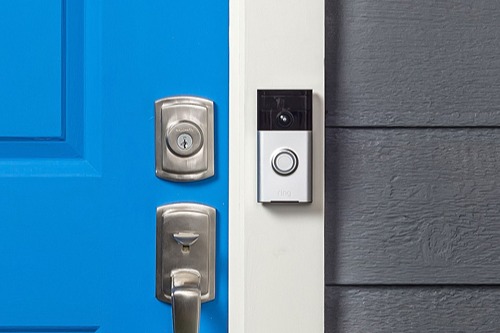
A few security cameras are one thing—but a dozen high-definition units, facial recognition, and motion detectors in every room? That can feel more like a compound than a home. Buyers often interpret this as a red flag, wondering why the current owner needed Fort Knox-level protection. And some might feel uncomfortable knowing every inch of the house was under constant watch.
Surveillance tech also comes with legal concerns about data storage and privacy. If footage is stored in the cloud, who controls access once the house is sold? The new owner may not want the hassle of managing old security accounts or systems. Many just rip it all out.
5. Smart Toilets

They warm, they light up, they even play music. But smart toilets are a hard sell, especially in midrange homes where buyers see them as unnecessary or weird. Maintenance is also a nightmare—electrical issues, water sensors, and proprietary parts aren’t what most buyers want in their bathroom. And if they break, they’re expensive to replace.
Many smart toilets are also shaped differently, meaning they don’t fit standard seats or plumbing layouts. That limits future upgrades or simple repairs. If the buyer doesn’t want the features, they’re stuck with a very pricey inconvenience. Most people just want a toilet that flushes reliably.
6. Touchscreen Refrigerators
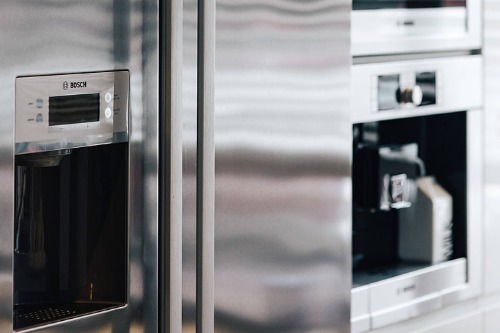
Refrigerators with built-in tablets and grocery lists were the future—until they weren’t. These screens often lag or stop receiving software updates, turning them into glitchy decor. If the fridge’s smart features break, repairs can be absurdly expensive or outright unavailable. Buyers might prefer a basic model that won’t need IT support.
Even worse, some models rely on now-defunct apps for features like expiration reminders or syncing with your calendar. This leaves owners with a bulky fridge that’s less smart than their phone. And replacing it often requires expensive built-in cabinetry adjustments. It’s more annoying than innovative.
7. Custom Lighting Scenes
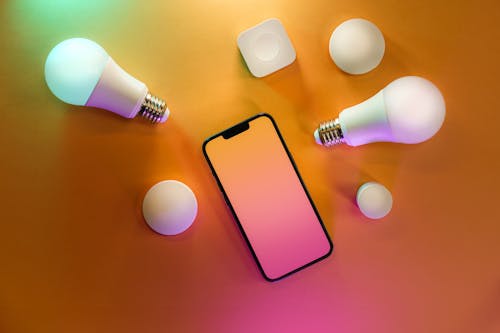
Setting “movie mode” or “dinner time” lighting with a tap used to feel luxurious. But these setups often rely on specific hubs, apps, or outdated dimmers that are tricky to reconfigure. If the system isn’t intuitive, buyers may struggle to figure out basic lighting functions. And rewiring the whole thing can be costly.
Some lighting systems even require professional programming to add or remove scenes. That makes simple changes a big headache. Buyers typically just want light switches that work. Overly complex lighting setups become a turnoff, not a feature.
8. App-Dependent Thermostats
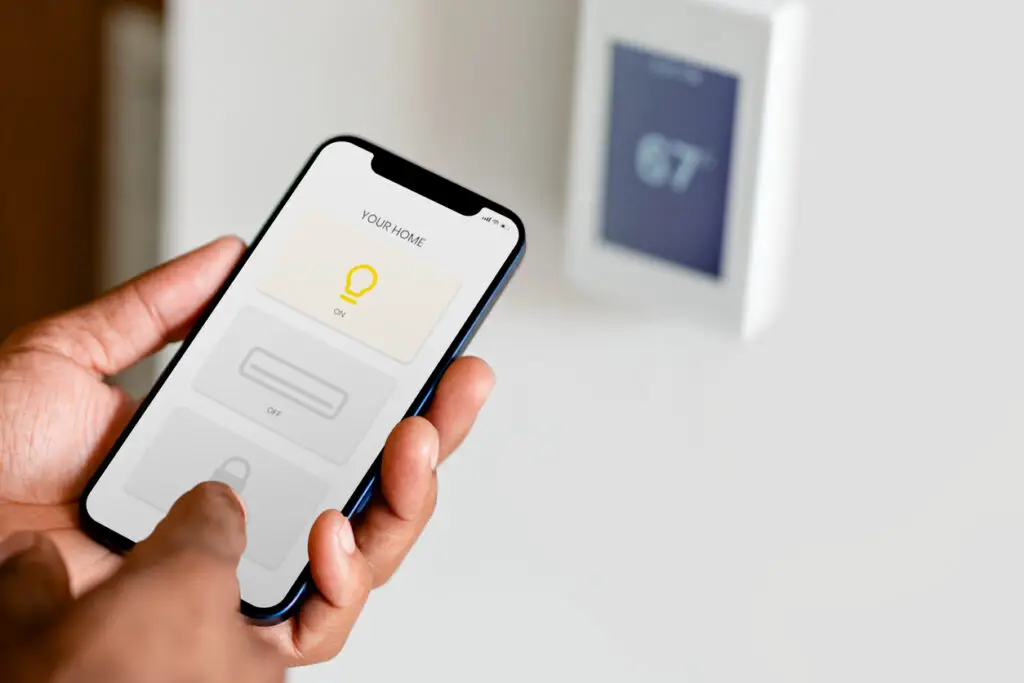
Thermostats that only work through an app—no manual control—sound sleek until you lose internet or the app crashes. Buyers worry about being locked out of their own heating or cooling system. If the brand is niche or discontinued, support options may be nonexistent. And switching it out may require professional help.
Some buyers also have privacy concerns with smart thermostats collecting usage data. They may prefer a simpler unit that doesn’t track their behavior. If you need a phone to change the temperature, it’s not really “convenient” for everyone. What was once trendy now just seems excessive.
9. Tech-Integrated Furniture
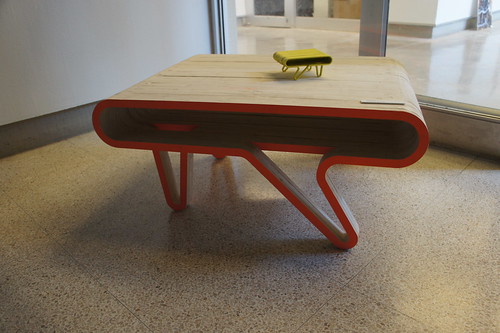
From beds that monitor your sleep to coffee tables with built-in speakers, furniture is getting smarter—and harder to sell with your home. Most buyers don’t want to inherit someone else’s connected mattress or app-controlled recliner. These pieces are often custom-fitted or anchored into the room’s layout. That makes removing or replacing them difficult.
Also, furniture tech ages even faster than regular home tech. Once it’s outdated, it becomes bulky junk with wires. And if it’s integrated into the design, it can limit how buyers imagine using the space. Most people want to bring their own furniture, not inherit yours with firmware updates.
10. Home Automation Hubs That Need Subscriptions
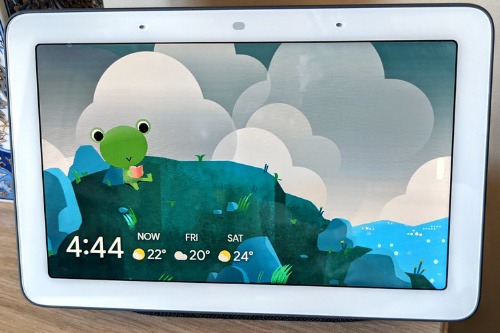
Some smart home systems—especially the high-end ones—require ongoing paid subscriptions to function. That’s a big red flag for buyers who don’t want another monthly bill just to dim the lights. If the seller doesn’t transfer the account properly, the new owner might be locked out. And without a subscription, the system could become entirely nonfunctional.
These hubs often manage security, lighting, HVAC, and more—meaning it’s not easy to bypass them. Buyers may be forced to replace the whole ecosystem. The idea of being locked into a tech contract just to live in the house is a major turnoff. Freedom beats features, especially when they’re behind a paywall.
11. Complex Home Theater Wiring

Built-in projectors, surround sound, and floor-routed HDMI cables might impress at first glance. But tech-savvy buyers know these setups become outdated in just a few years. When ports, standards, or projector bulbs become obsolete, the whole system is a liability. And redoing it can cost thousands.
Even worse, removing the tech might damage floors or walls. Buyers might see it as one big repair job waiting to happen. Most people would rather bring their own streaming box and soundbar. Custom theater setups just don’t age well.
12. Smart Mirrors

Mirrors that display weather, news, or fitness data are a novelty that wears off quickly. They often rely on outdated Android systems or need manual software updates that most people never do. Once they glitch, they’re just big, clunky mirrors with ghost-text burned into them. And they don’t always function well as actual mirrors.
Buyers may also worry about privacy with embedded cameras or voice assistants. They’re hard to remove if built into the wall or cabinetry. And most people just want a clean, well-lit mirror—not a tech project in the bathroom. It’s one of those features that sounds better in a showroom than in daily life.
13. Garage Door Apps That Need Your Location
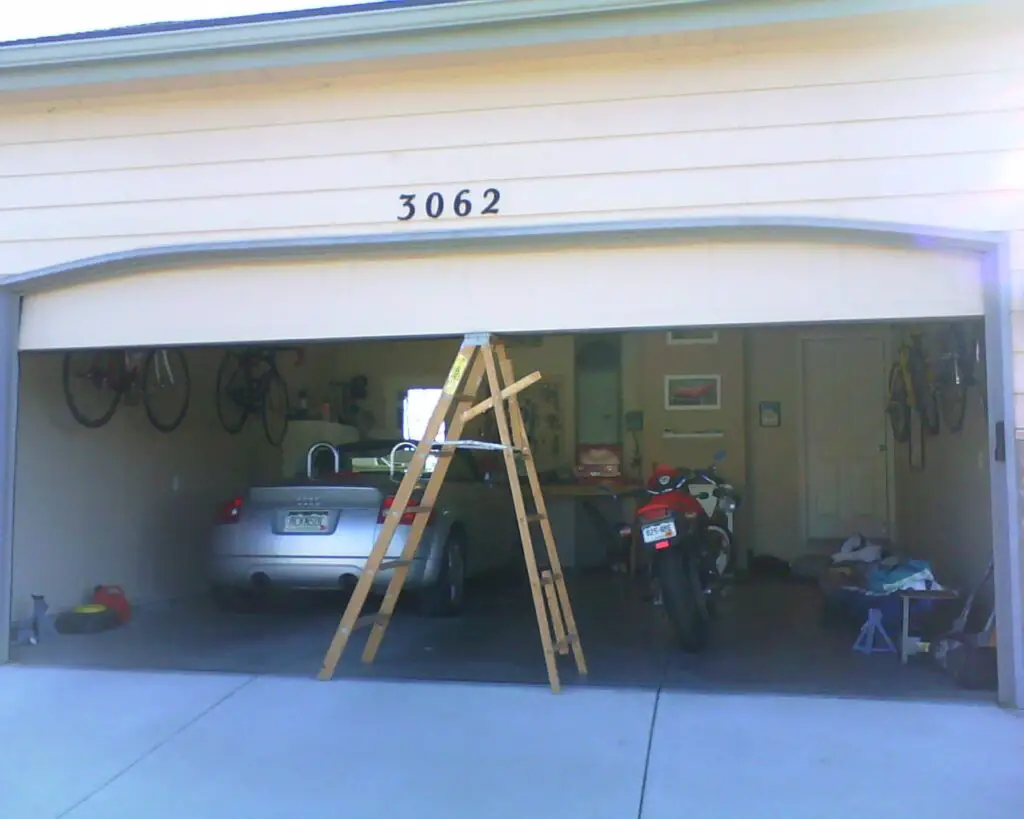
App-controlled garage doors that track your phone’s location to auto-open sound convenient—but they can backfire. If your phone dies or your app glitches, you could be stuck outside. Buyers often don’t like the idea of being dependent on a phone signal to get into their home. And these systems are notorious for needing constant app updates.
Plus, if the new owner doesn’t want to share location data, the system becomes useless. Resetting the app or transferring control isn’t always seamless. Most buyers prefer a basic keypad or clicker that doesn’t rely on tech. Simple often wins.
14. Digital Faucets
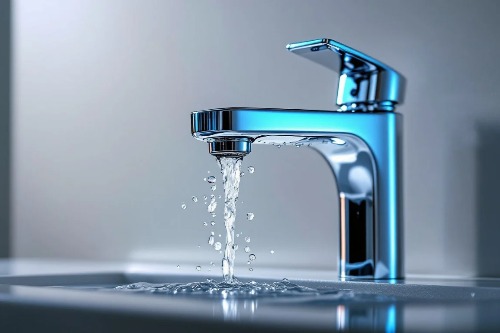
Digital faucets that adjust temperature and flow with touchscreens or apps can be fun for exactly one week. Then the calibration issues start, or the software needs an update, or the sensor stops responding. For buyers, it’s just another thing that can go wrong—especially if they prefer manual controls. And replacing them can be much more expensive than a regular faucet.
Also, they can be less intuitive for kids, guests, or older adults. That makes basic handwashing more complicated than it should be. It’s an unnecessary layer of tech in a room that should be simple. Most people don’t want to “pair” with their sink.
15. Automated Pet Feeders Built into Cabinets
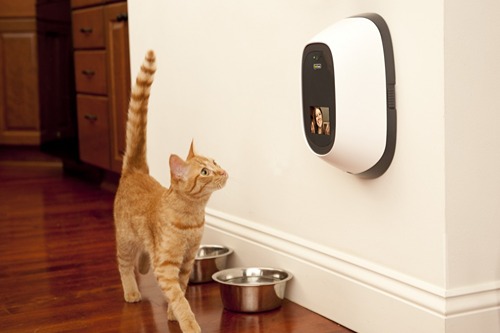
Built-in pet feeders and water dispensers may sound ideal for animal lovers. But to buyers without pets—or with different-sized pets—they’re just a weird, immovable quirk. They take up valuable cabinet or wall space and can be tricky to remove cleanly. Not to mention, tech wear-and-tear or specific app dependencies make them even more frustrating.
These systems may also involve plumbing or electric components that require special servicing. That’s not something a non-pet owner wants to inherit. Buyers like flexible spaces, and this is a highly specific niche. It’s not just tech—it’s tech with a target audience of one.
This post 15 Home Tech Additions That Make Houses Impossible to Resell was first published on Greenhouse Black.
